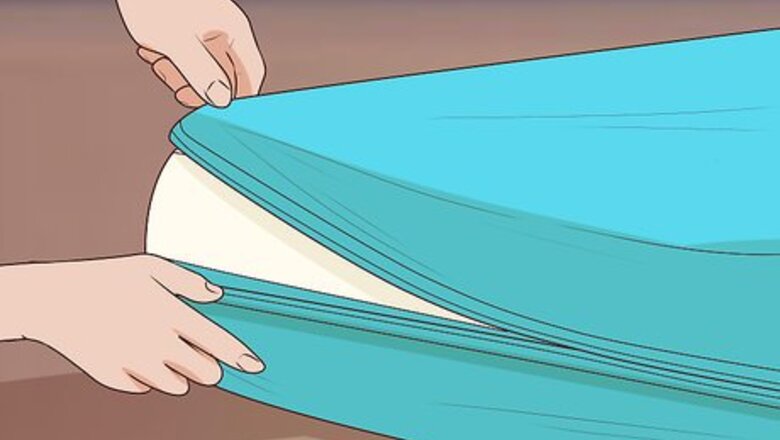
views
X
Trustworthy Source
Centers for Disease Control and Prevention
Main public health institute for the US, run by the Dept. of Health and Human Services
Go to source
Washing Sheets and Bedding Materials
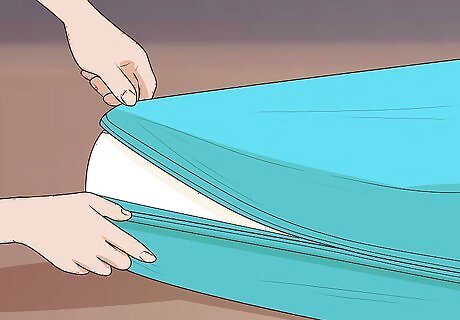
Remove all bedding from your mattress. To be safe, you should include anything that has been in contact with the mattress including stuffed animals and clothing. Be careful to keep the bedding from coming in contact with anyone or anything else. You don’t want to risk spreading the lice to other areas.
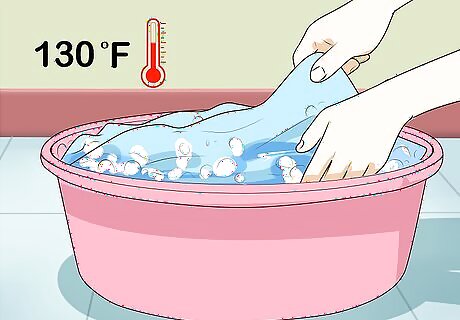
Wash all bedding in hot soapy water. The water should be at least 130 °F (54 °C) to ensure maximum results. Cooler water temperature will not be enough to kill the lice. For items that can’t be washed, set them aside in a secure location and take them in to be dry cleaned as soon as possible. If dry cleaning isn’t an option, items can be placed in plastic bags and sealed for three days.
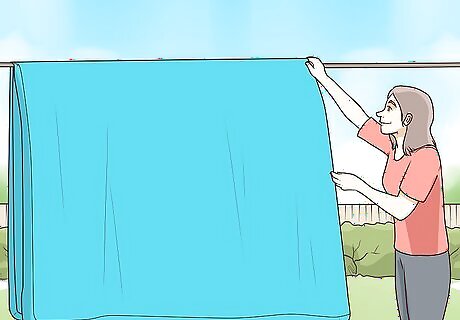
Dry all washed bedding as you normally would. There are no special instructions during the drying phase. You’ll want to be sure to keep all washed bedding away from your mattress until you have a chance to treat it as well.
Treating Your Mattress
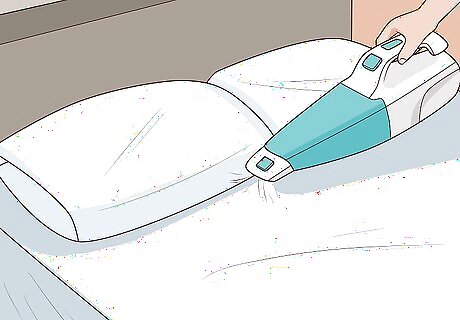
Vacuum your mattress and pillows. This is the fastest and most effective way to remove lice. A standard vacuum with a hose attachment or handheld vacuum is all that is needed. It’s important to vacuum the mattress on each side to make sure all lice are eliminated.
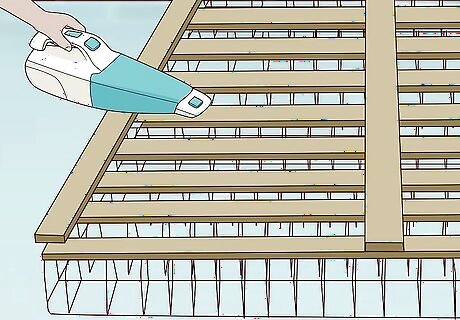
Treat your box spring by vacuuming the top and sides. While the chance of lice reinfestation coming from the boxspring is low, it’s best to include it in your vacuuming just to be safe. Make sure the box spring has been vacuumed before putting a clean sheet on your mattress.
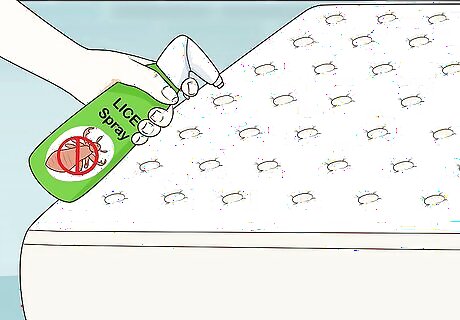
Spray an in-home lice spray product on your entire mattress. There are many varieties of lice treatment sprays made specifically for beds and other household furniture. Products can be purchased at a pharmacy or other retailer where medical supplies are sold. Sprays of this nature are not intended to treat people. Always check the label of any spray you consider using to confirm whether it is safe for human use. Sprays are a good finishing option but aren’t required. Since lice have such a short lifespan without human contact, washing and vacuuming alone are usually enough to remove them all. If you have pets, check for any potential side effects the spray may cause for them. Lice sprays have been proven effective at killing any lice present on your mattress but it is not a preventive measure. A spray will not stop infestations from reoccurring.
Preventing Lice
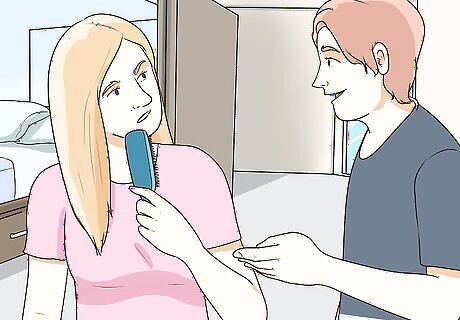
Remember not to share items that have head and hair contact. Hats, scarves, coats, and head wraps are common items that aid in the spreading of lice so it’s best to avoid sharing them altogether. If your family shares clothing on a regular basis, it’s a good idea to conduct regular head checks if you believe there may be a lice recurrence.
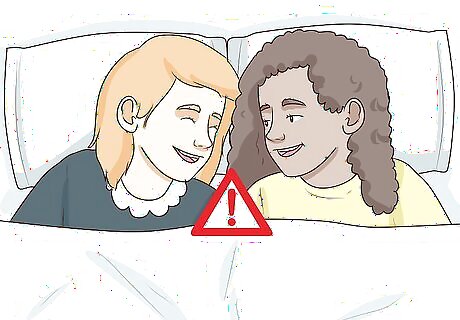
Minimize head-to-head contact. This typically applies to children in a schoolhouse setting who participate in games, sports, or other activities. It’s also good to be aware of the potential for head-to-head contact at: Sleepovers your children are attending. Playgrounds where your children are interacting with a high number of other kids.
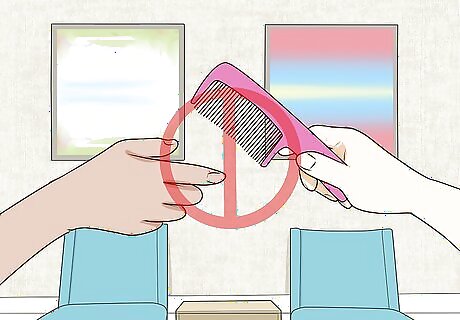
Avoid sharing combs, brushes, or head towels. If you find you need to use someone else's comb or brush, disinfect it first by soaking it in hot soapy water of at least 130°F (54 °C) for ten minutes. The water must remain at 130°F (54 °C) for the full ten minutes to be fully effective.
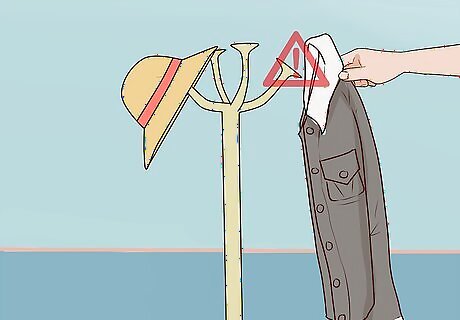
Skip using shared clothing spaces like hat racks and coat racks. This is also especially true for children who spend their days at school. Lice can be easily passed onto your child’s belongings when they are stored in these areas. While it may not always be possible to avoid shared spaces altogether, speaking with your child on best practices can also go a long way in head lice prevention.




















Comments
0 comment